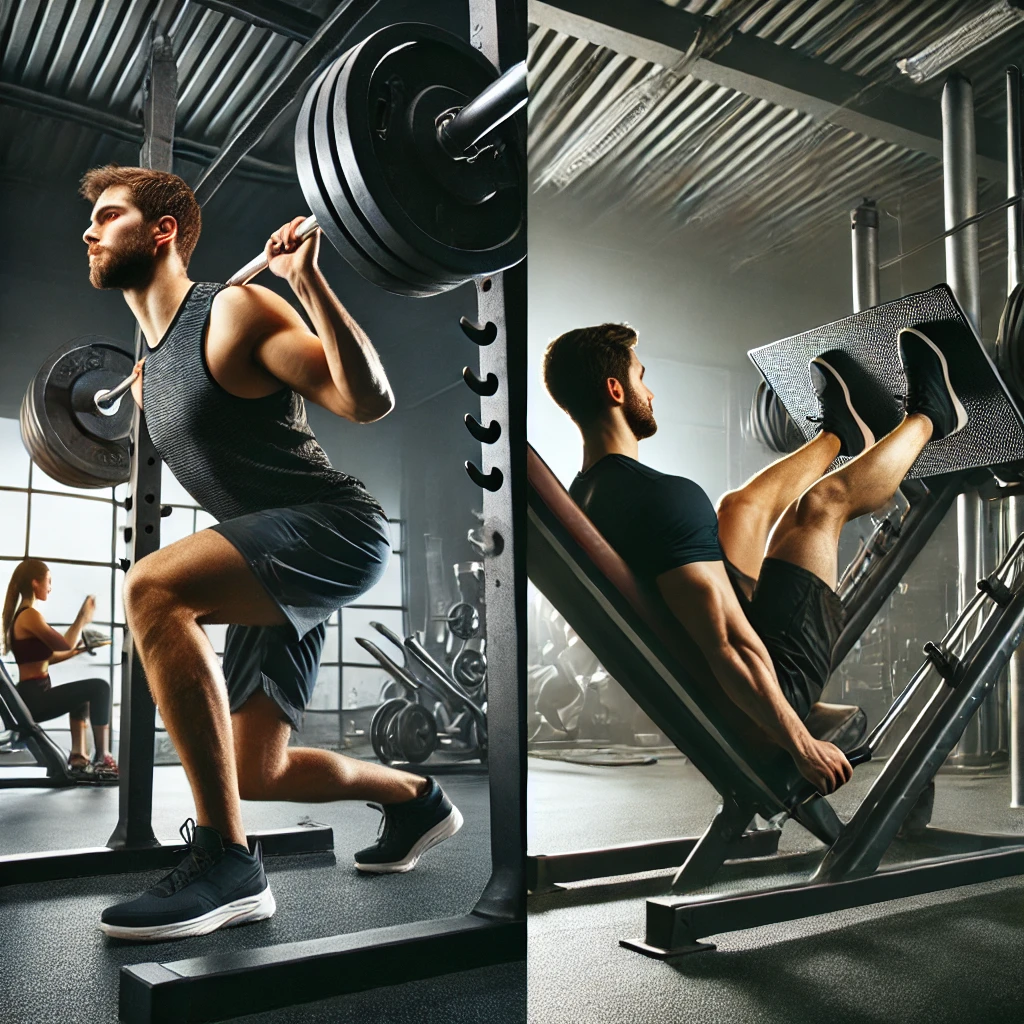In the realm of fitness and wellness, stretching and mobility are often used interchangeably, but they serve different purposes and offer unique benefits. Understanding the key differences between stretching and mobility exercises is crucial for optimizing your workouts and overall physical health. Let’s delve into what each entails and how they contribute to a well-rounded fitness regimen.
What is Stretching?
Stretching involves lengthening the muscles to increase flexibility and range of motion. It’s an essential component of any fitness routine, with several key aspects:
- Types of Stretching:
- Static Stretching: Involves holding a stretch for a period, usually 15-60 seconds.
- Dynamic Stretching: Involves moving parts of your body and gradually increasing reach, speed, or both.
- Benefits of Stretching:
- Increases Flexibility: Regular stretching can lead to increased muscle and joint flexibility.
- Reduces Muscle Tension: It helps in relaxing muscles and can reduce post-workout soreness.
- Improves Posture: Stretching the muscles of the back, chest, and shoulders can help improve posture and alleviate back pain.
- When to Stretch:
- Post-Workout: Ideal for cooling down to relax muscles and improve flexibility.
- As a Separate Activity: Can be done independently of other exercises, especially beneficial for those with a sedentary lifestyle.
What is Mobility?
Mobility refers to the ability of a joint to move freely and comfortably through its full range of motion. It’s not just about muscle flexibility but also involves joint structures like tendons, ligaments, and the joint capsule.
- Characteristics of Mobility Exercises:
- Dynamic Movements: Focus on moving the joints through their full range of motion.
- Functional Exercises: Aim to improve the functional movement patterns in daily life and sports.
- Benefits of Mobility Training:
- Enhances Joint Health: Regular mobility exercises can improve joint health and prevent injuries.
- Improves Performance: Better joint mobility allows for more efficient and safer movements during workouts and sports.
- Increases Body Awareness: It helps in understanding the body’s limits and capabilities, enhancing overall coordination and balance.
- When to Incorporate Mobility:
- Pre-Workout: Ideal as part of a warm-up to prepare the joints for exercise.
- Incorporated into Daily Routine: Can be done anytime to maintain and improve joint health.
Key Differences and Uses
While both stretching and mobility are important, they serve different purposes:
- Stretching is primarily about improving muscle flexibility and lengthening muscles. It’s best used post-workout or as a separate routine to aid in recovery and flexibility.
- Mobility exercises focus on the range of motion of joints and overall movement function. They are best used before workouts as a warm-up or integrated into daily routines for maintaining joint health.
Conclusion
In conclusion, both stretching and mobility are essential for a well-rounded fitness regimen. Stretching is key for muscle flexibility and relaxation, whereas mobility exercises are crucial for joint health and functional movement. Understanding and incorporating both into your fitness routine can lead to better performance, reduced injury risk, and enhanced overall physical well-being. Remember, a balanced approach to fitness that includes both stretching and mobility will support your body’s health in the long term.







